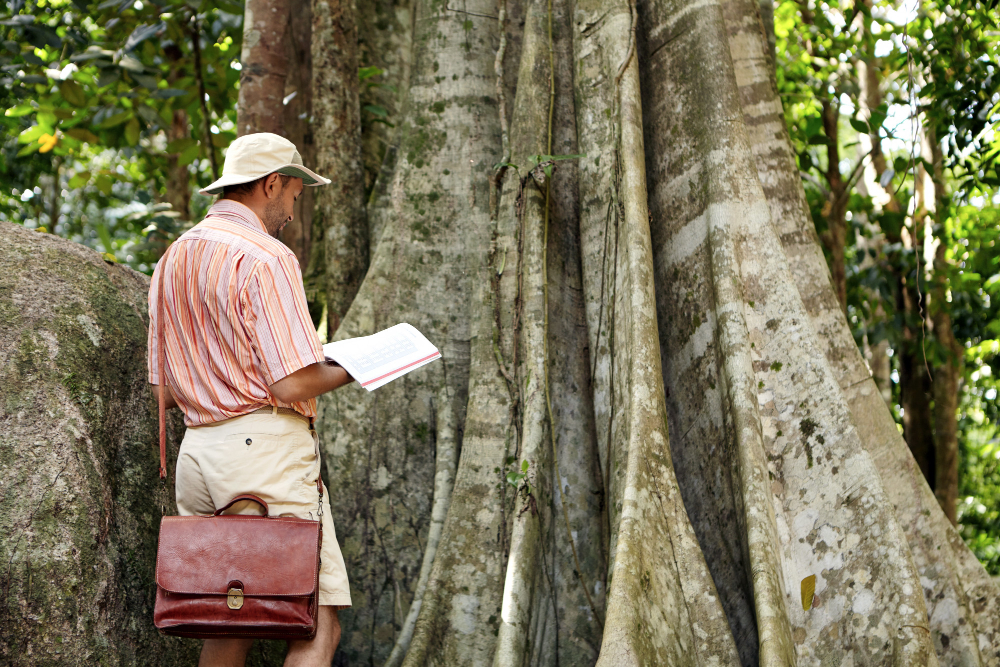When preparing for air travel, one common item that passengers often wonder about is the flashlight. Whether it’s part of your emergency kit, hiking gear, or simply a compact tool for lighting, understanding the rules around bringing flashlights on airplanes is essential. In this comprehensive guide, we address the most pressing questions and provide clear, up-to-date answers for travelers wondering: Can you bring a flashlight on a plane?
Understanding TSA Rules on Flashlights
The Transportation Security Administration (TSA) provides specific guidelines when it comes to carrying flashlights. In general:
-
Standard flashlights are allowed in both carry-on and checked baggage.
-
Flashlights containing lithium batteries must follow strict regulations.
-
Size and power output can influence whether your flashlight will be permitted.
The TSA allows flashlights shorter than 7 inches (17.8 cm) in carry-on baggage. Flashlights larger than this may raise questions during security screening and can be rejected at the officer’s discretion.
Lithium Battery Flashlights: What You Must Know
One of the biggest concerns involves flashlights powered by lithium-ion batteries, which are known for their energy efficiency but also their potential to overheat.
-
Carry-on bags: Lithium battery-powered flashlights are allowed if the batteries are installed.
-
Spare batteries: Extra lithium batteries must be carried in carry-on luggage only, not in checked bags.
-
Battery limit: Batteries over 100 watt-hours (Wh) may not be permitted without airline approval.
Ensure the battery rating is visible on the flashlight or battery. Flashlights with removable batteries should have the terminals covered to prevent short circuits.
High-Lumen Flashlights and Tactical Models
Tactical flashlights, often used by military personnel, security, and outdoor enthusiasts, are another category to consider.
-
These flashlights often exceed 1000 lumens and may feature serrated bezels or strike heads, which can be considered weapons by TSA agents.
-
If your flashlight could double as a self-defense tool, it is recommended to pack it in checked baggage.
-
High-intensity beam flashlights can raise suspicion at security checkpoints and might be confiscated if considered a threat.
Packing Flashlights in Carry-On vs. Checked Baggage
Carry-On Bags:
Flashlights are generally permitted in carry-on luggage under the following conditions:
-
Must be under 7 inches long.
-
Cannot resemble a weapon.
-
Should not contain overpowered lithium batteries without proper labeling.
-
Must not include any flammable gas or built-in charging via pressurized cells.
Checked Bags:
Larger flashlights and those not permitted in carry-ons can usually be packed in checked baggage. However:
-
Remove the batteries if possible, especially lithium types.
-
Wrap the flashlight to prevent accidental activation during transit.
-
Use padded containers to prevent damage to lenses or controls.
Are Rechargeable Flashlights Allowed on Planes?
Yes, rechargeable flashlights are allowed. Most models now include USB charging ports and integrated lithium-ion or lithium-polymer batteries.
To comply with air travel regulations:
-
The flashlight should not exceed 100 Wh battery capacity.
-
Always pack spare charging cables and label them clearly.
-
Avoid carrying damaged or bulging batteries, as they will likely be confiscated.
Rechargeable units with power bank functionality are also permitted, but they must be in carry-on bags, never in checked luggage.
Flashlights Prohibited on Planes
While most flashlights are allowed, here’s a list of flashlight types that are typically not permitted:
-
Flashlights disguised as weapons (e.g., stun gun flashlights).
-
Flashlights with built-in lighters or tasers.
-
Models with CO2 canisters or butane fuel sources.
-
Flashlights with removable sharp or metal edges.
Always check with your airline and the TSA 48 hours before your flight if you plan to bring a unique or multi-function flashlight.
International Travel with Flashlights
Regulations can vary internationally, so even if TSA permits a flashlight domestically:
-
EU, UK, Australia, and Asian countries may apply different standards.
-
Some countries prohibit tactical flashlights entirely.
-
Check with international aviation authorities or embassies when flying abroad with high-end or tactical flashlights.
When in doubt, declare your flashlight at the security checkpoint.
Tips for Traveling with a Flashlight
To ensure a hassle-free experience when bringing a flashlight on a plane:
-
Choose a compact, non-threatening design.
-
Label all components clearly, including batteries.
-
Avoid packing tactical or weapon-style flashlights in carry-on.
-
Keep batteries installed or properly insulated if spares.
-
Place the flashlight near the top of your bag for easy inspection.
These simple steps will help prevent delays and keep your flashlight from being confiscated.
FAQs About Flying with Flashlights
Q: Can I carry a flashlight with AA or AAA batteries?
A: Yes. Flashlights with standard alkaline batteries are completely allowed in both carry-on and checked luggage.
Q: What happens if my flashlight is too large?
A: It may be flagged at the security checkpoint. If deemed inappropriate, it could be confiscated or asked to be checked in.
Q: Is it okay to use a flashlight on the plane?
A: Small, discreet use such as reading or finding dropped items is fine, but avoid shining the light in other passengers’ or crew members’ direction.
Q: Can I bring multiple flashlights?
A: Yes, as long as they comply with TSA guidelines. Avoid over-packing to prevent scrutiny.
Conclusion:
Bringing a flashlight on a plane is generally permissible, but it requires awareness of the TSA and airline rules regarding size, battery type, and features. From standard LED torches to high-lumen tactical models, each flashlight must be evaluated carefully for air travel. By following clear guidelines, labeling batteries, and avoiding any potentially threatening designs, travelers can bring flashlights confidently and legally on flights worldwide.



